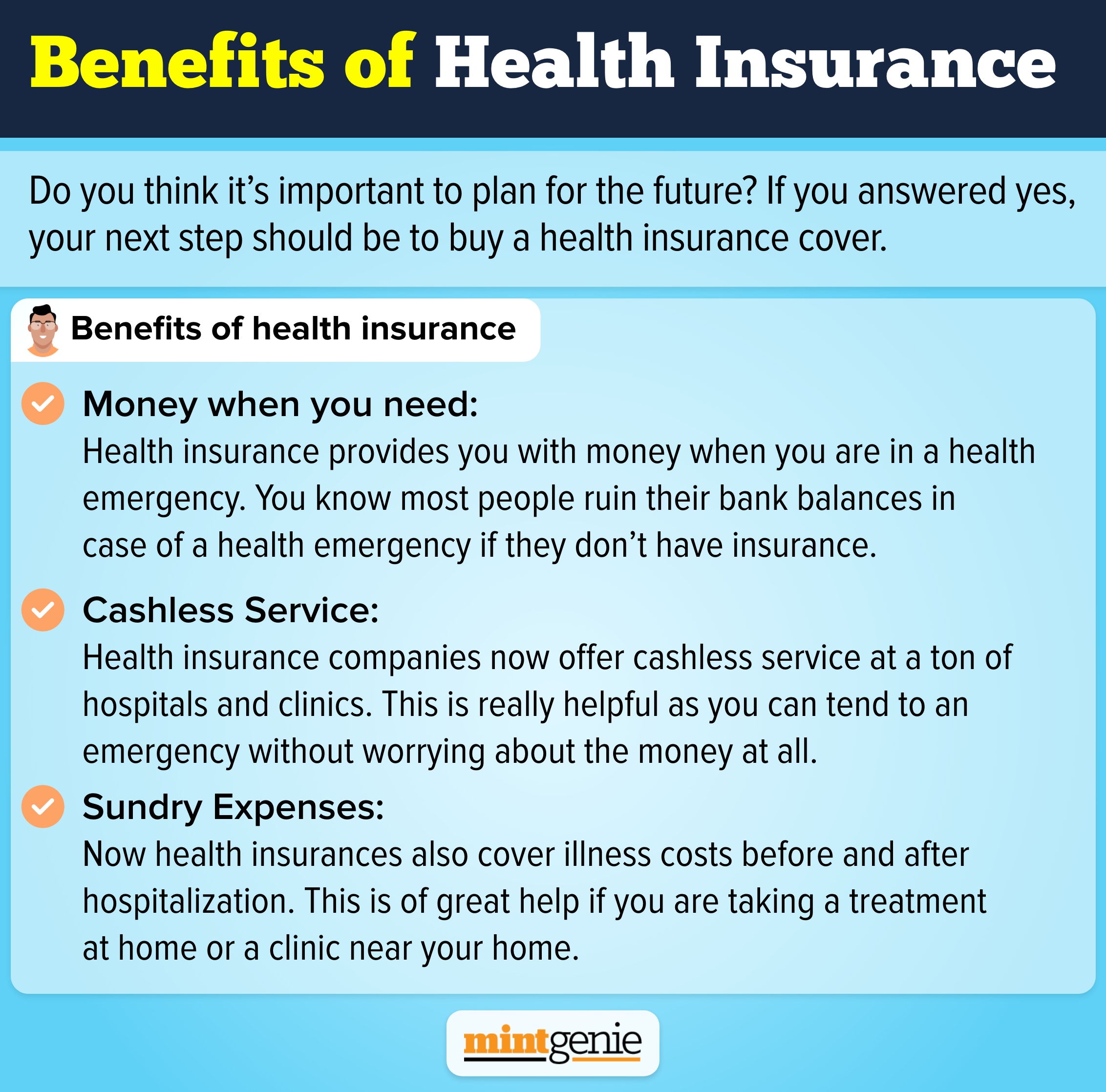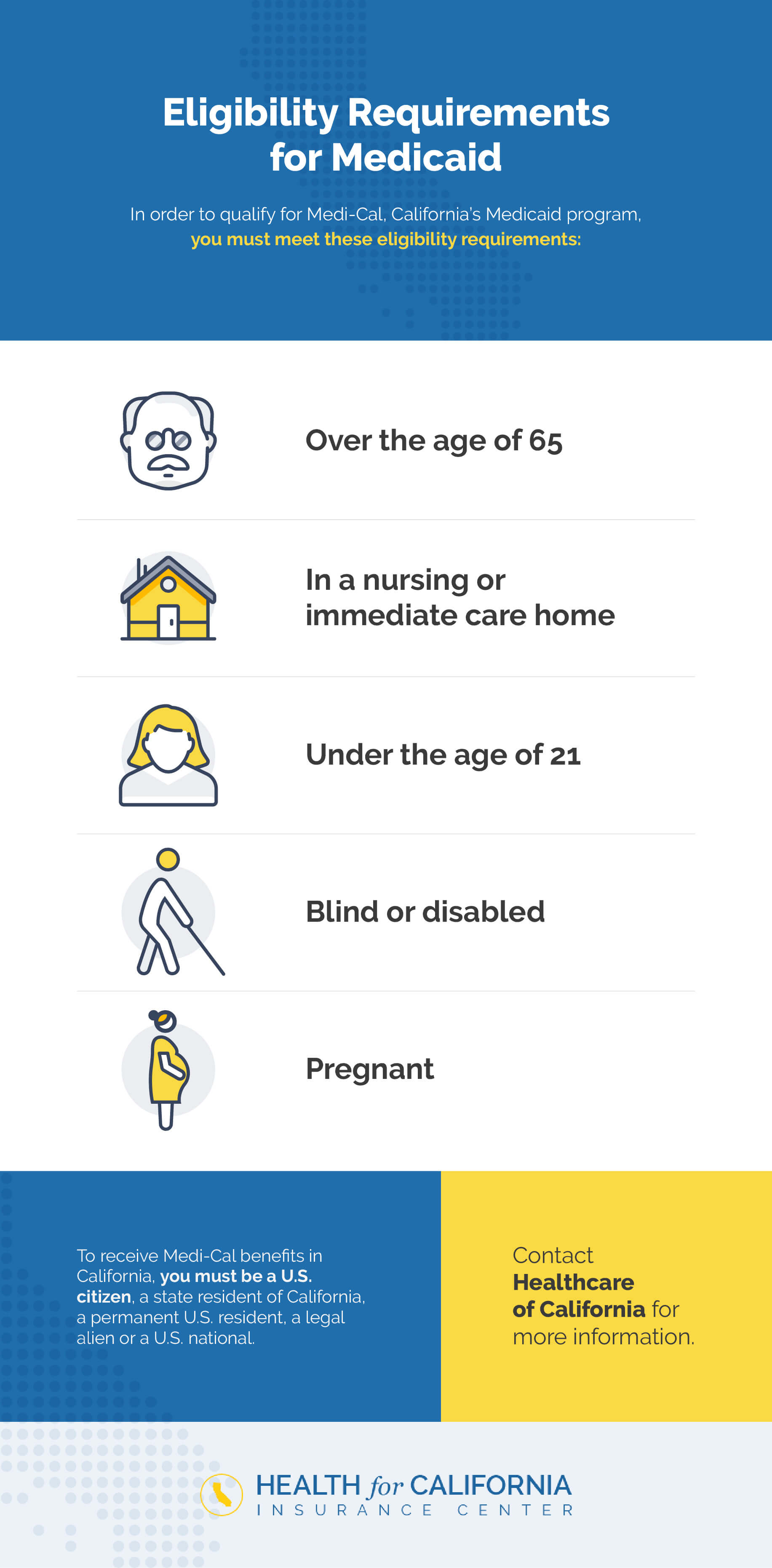How Medicare Advantage Agent can Save You Time, Stress, and Money.
How Medicare Advantage Agent can Save You Time, Stress, and Money.
Blog Article
7 Simple Techniques For Medicare Advantage Agent
Table of ContentsMedicare Advantage Agent Can Be Fun For AnyoneMedicare Advantage Agent Things To Know Before You BuyNot known Details About Medicare Advantage Agent

adheres to from perplexing the relatively young age account of the without insurance with the far better wellness, usually, of more youthful persons. This covers the link in between health and wellness status and health insurance policy. For those without accessibility to workplace wellness insurance policy, bad health is a possible barrier to acquiring nongroup coverage since such insurance coverage may be very priced, leave out pre-existing conditions, or be merely unavailable. The number of without insurance Americans is not especially large and has not transformed in the last few years. Seven out of 10 respondents in a country wide representative study believed that fewer Americans did not have health insurance policy than actually do(Fronstin, 1998). About fifty percent(47 percent )thought that the number of people without health insurance coverage lowered or stayed continuous over the last fifty percent of the last decade(Blendon et al., 1999). This drop of nearly 2 million in the number of individuals 'without insurance policy (a decrease
of around 4 percent)is certainly a positive modification. With a softer economic climate in 2000 the current reported gains in insurance policy protection might not continue(Fronstin, 2001 ). The decrease in the variety of without insurance will certainly not proceed if the economy remains sluggish and healthcare prices continue to surpass rising cost of living. This is since the data were gathered for a duration of solid financial performance. Of the approximated 42 million individuals who were uninsured, all but about 420,000(regarding 1 percent)were under 65 years of age, the age at which most Americans end up being eligible for Medicare; 32 million were adults between ages 18 and 65, about 19 percent of all adults in this age; and 10 million were children under 18 years of age, about 13.9 percent of all kids (Mills, 2000). These quotes of the number of persons uninsured are produced from the annual March Supplement to the Current Populace Study (CPS), conducted by the Demographics Bureau. Unless or else kept in mind, nationwide quotes of people without health and wellness insurance coverage and percentages of the populace with different kinds of protection are based on the CPS, one of the most extensively utilized source of quotes of insurance coverage and uninsurance rates. These studies and the price quotes they yield are described briefly in Table B. 1 in Appendix B - Medicare Advantage Agent. These studies differ in size and tasting methods, the inquiries that are inquired about insurance policy
The Of Medicare Advantage Agent
protection, and the moment period over which insurance policy coverage or uninsurance is determined(Lewis et al., 1998, Fronstin, 2000a ). Still, the CPS is especially useful since it generates yearly estimates fairly swiftly, reporting the previous year's insurance policy protection estimates each September, and due to the fact that it is the basis for a consistent collection of price quotes for more than two decades, permitting for analysis of patterns in protection in time.

Getting My Medicare Advantage Agent To Work
Over a three-year duration beginning early in 1993, 72 million individuals, 29 percent of the united state population, lacked coverage for a minimum of one month. Within a single year(1994), 53 million individuals experienced a minimum of a month without insurance coverage(Bennefield, 1998a). Six out of every 10 without insurance adults are themselves employed. Although functioning does improve the chance that a person and one's family participants will have insurance, it is not a warranty. Even participants of families with two permanent breadwinner have nearly a one-in-ten opportunity of other being uninsured (9.1 percent without insurance rate)(Hoffman and Pohl, 2000 ). The relationship between medical insurance and accessibility to care is well established, as recorded later on in this phase. Although the partnership in between medical insurance and health and wellness end results is neither direct neither straightforward, a comprehensive scientific and wellness solutions research literary works links health and wellness insurance coverage
to enhanced accessibility to care, better high quality, and enhanced individual and populace wellness condition. As an example, the second report, on personal health results for uninsured adults, is represented by the innermost circle of the number, while the 3rd record, on family members wellness, incorporates the topics of the second report but emphasizes a different system of evaluation, specifically, the household. The sixth report in the collection will provide information concerning approaches and efforts carried out in your area, statewide, or across the country to deal with the absence of insurance coverage and its unfavorable effects. Levels of evaluation for taking a look at the impacts of uninsurance. This discussion of medical insurance protection focuses largely on the united state population under age 65 because practically all Americans 65 and older have Medicare or various other public protection.
It concentrates especially on those without any health and wellness insurance policy for any kind of size of time. The issues encountered by the underinsured remain in some areas similar to those faced by the uninsured, although they are generally less extreme. Uninsurance and underinsurance, nevertheless, involve clearly different plan problems, and the approaches for resolving them may vary. Throughout this study and the 5 records to follow, the major emphasis is on individuals without any health insurance policy and therefore no support in spending for healthcare beyond what is available with charity and safeguard organizations. Medical insurance is an effective aspect affecting invoice of treatment since both individuals and physicians respond to the out-of-pocket cost of services. Health insurance, nonetheless, is neither Bonuses necessary nor enough to get accessibility to clinical solutions. Nonetheless, the independent and straight result of wellness
insurance policy protection on accessibility to health and wellness solutions is well developed. Others will get the health and wellness treatment they require also without wellness insurance coverage, by paying for it out of pocket or seeking it from carriers that supply treatment free or at highly subsidized rates. For still others, medical insurance alone does not guarantee receipt of care as a result of various other nonfinancial barriers, such as an absence of wellness treatment service providers in their area, limited access to transport, illiteracy, or linguistic and cultural differences. Formal research study concerning without insurance populaces in the USA dates to the late 1920s and early 1930s when the Board on the Price of Healthcare created a collection of reports about financing doctor office visits and hospital stays. This issue came to be significant as the numbers of clinically indigent climbed up throughout the Great Anxiety. Empirical studies continually support the link between access to care and improved health and wellness results(Bindman et al., 1995; Starfield, 1995 see ). Having a routine resource of treatment can be taken into consideration a forecaster of gain access to, as opposed to a straight procedure of it, when health results are themselves used as accessibility indications. This extension of the notion of access measurement was made by the IOM Committee on Monitoring Gain Access To to Personal Healthcare Provider(Millman, 1993, p. Whether parents are insured appears to affect whether their youngsters obtain treatment in addition to just how much careeven if the youngsters themselves have insurance coverage(Hanson, 1998). The wellness of parents can impact their ability to take care of their kids and the level of household anxiety. Stressing over their children's accessibility to care is itself a source of tension for parents. 3 phases comply with in this report. Phase 2 offers a summary of just how employment-based wellness insurance coverage, public programs and private insurance coverage run and engage to offer comprehensive yet insufficient protection of the U.S. populace. This consists of an evaluation of historical trends and public plans affecting both public and private insurance policy, a conversation of the communications amongst the different kinds of insurance, and an exam of why people relocate from one program to an additional or finish up

Report this page